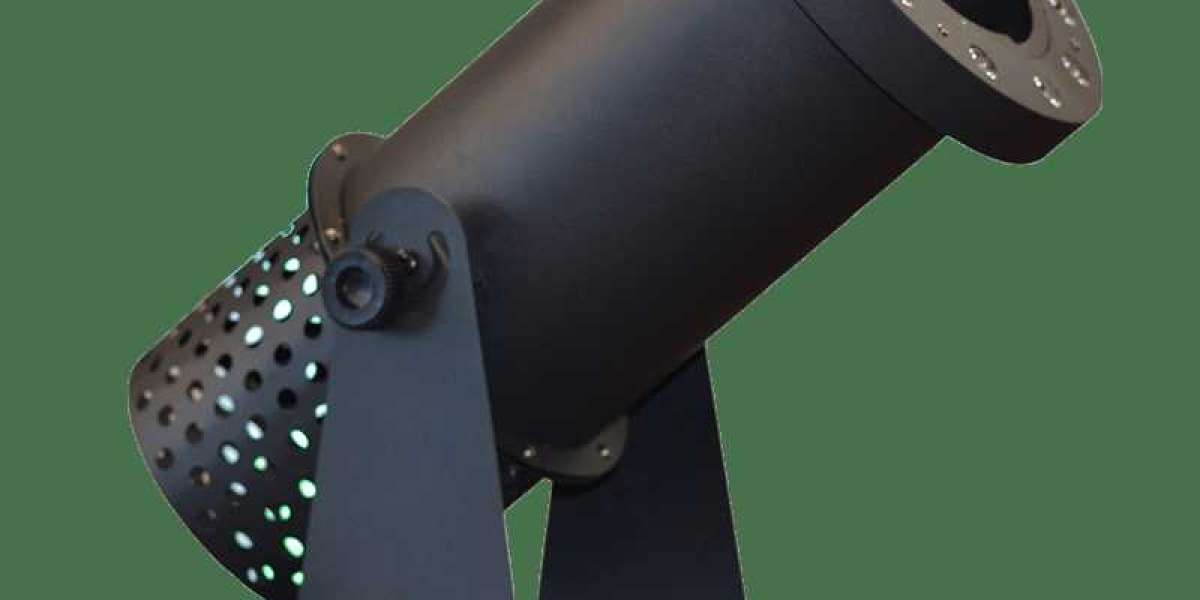Wireless DMX offers flexibility, mobility, and reduced cabling, enhancing both setup efficiency and performance aesthetics.
Reduced physical constraints: Eliminating extensive cabling simplifies stage layout, decreases setup time, and reduces tripping hazards. Fixtures can be positioned freely, including elevated or mobile rigs, without being tethered to a central console.
Operational adaptability: Wireless DMX allows real-time adjustments during performances, enabling DJs to reposition lights or adjust sequences without reconfiguring physical connections. This is especially valuable in dynamic or multi-stage environments.
Reliability considerations: While wireless systems reduce clutter, signal interference and range limitations must be managed. High-quality transceivers, proper frequency planning, and signal boosters ensure robust performance without dropouts.
Integration with software and control systems: Wireless DMX interfaces seamlessly with lighting consoles, MIDI triggers, or networked control platforms, maintaining synchronized operation with audio and other visual elements.
Wireless DMX enhances creative possibilities, operational flexibility, and stage aesthetics while preserving precision control over complex lighting networks.
Read More Here:- https://penposh.com/blogs/465123/Designing-Booth-Lighting-That-Helps-DJs-See-Their-Gear








